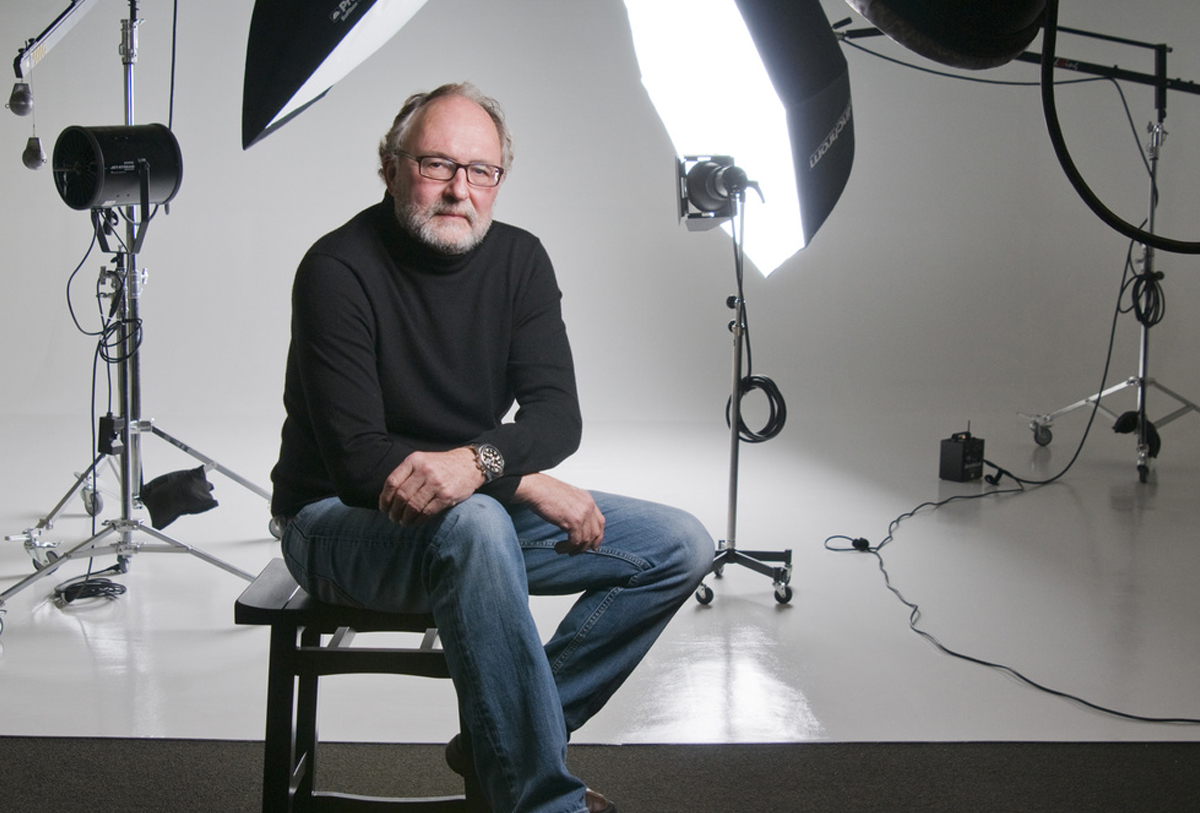
A half century in photography leaves a legacy on the industry, on the culture, and often, on the photographer. For Brownie Harris, whose camera has captured everyone including John F. Kennedy Jr. to unnamed workers on factory floors, the publication of Brownie Harris Retrospective 1970–2020 is a lot more than a book. It is a visual history of American life, one that is neither written nor read in the headlines, but in faces, light and moments that nearly disappeared.
The retrospective includes portraits, editorial assignments, corporate work, and stills used in films over decades brought together into a single, unified volume. It is not a farewell tour, though. The collection is a milestone, a moment to look back on how 50 years of work in front of a camera define the artist and the legacy.
The road to the retrospective was, by Harris’s own account, long and unpredictable.
“First, it’s been exciting, exhausting, fun, stressful, intriguing, a lot of anxiety and humbling,” Brownie Harris said of assembling the book. “I hope that other photographers and artists find the urge to create their own book and leave a lasting legacy.”
That legacy was buried, literally, in what he calls an “archaeological dig” through decades of stored transparencies, prints, and negatives. Harris spent two years editing and scanning over 150,000 images, all housed on designer Matt Summers’ ProvisMedia server.
“I had forgotten how many various people, known and unknown, that I had photographed over 55 years,” Harris said. “A lot were left out.”
Among the rediscovered work was a session with JFK Jr. from 1988. It’s a standout in the book, not just for its subject, but for its nuance.
“When he entered the small conference room, he looked like any 27-year-old kid,” Brownie Harris recalled. “What he gave me at the end of the session was what he would look like in the future towards his passing. I was amazed at how many different looks he gave me. He created the photographs. I just shot them.”
The project took on deeper meaning when a friend noted something striking: a photo taken in 1970, a graffitied police car during a student riot, had a twin, captured 50 years later just blocks away. The visual symmetry between the two became symbolic, inspiring the book’s title and structure.
“Strange how 50 years later brought me back to a similar photograph shot only a few blocks from each other,” Brownie Harris said.
It was also a reminder of where it all started. That 1970 image marked the beginning of Harris’s professional journey. Now based in Wilmington, North Carolina, he’s continued to work steadily, even as platforms, formats, and expectations have changed dramatically.
Long before digital previews, Brownie Harris was lighting multimillion-dollar industrial shoots with precision, and patience. For a gas turbine shoot commissioned by GE, he deployed 27 Dynalite heads. It was all trial and instinct, aided only by the slow feedback loop of Polaroid backs.
“The back was great, as you could use the same camera body and lens that one was actually shooting with,” he said. “But you had to wait two minutes for development, which was difficult hanging 75 feet above the turbine in over 100-degree heat.”
Today, the tools have changed. But the stakes, Brownie Harris insists, remain the same. “The pressure is the same now with digital versus analog,” he said. “Just a different way to be the messenger.”
Whether shooting political icons, celebrities, or factory workers, Brownie Harris maintains the same approach. “I research every subject before the assignment and then let them collaborate to create the photograph,” he explained.
The human connection is central to his work. “Well, I must go back to that great quote by Helen Keller,” he said. “‘The best and most beautiful things in the world cannot be seen or even touched, they must be felt with the heart.’”
That ethos has earned him trust across industries including Dawson’s Creek, One Tree Hill, and Scream.
The response to the retrospective has been, in Harris’s words, “phenomenal.” NBC’s Wilmington affiliate featured him in a televised segment. The Star News, the region’s leading paper, ran a full article. Book events in Charleston, Kiawah Island, and Wilmington all sold out.
Yet even now, the archive continues to yield surprises. Harris remains active, visible, and reflective—still carrying the same camera mindset that guided him in 1970.
For younger photographers, Brownie Harris Retrospective 1970–2020 is less a monument and more a living toolkit. It shows what endurance, respect, and preparation can accomplish, even in an era that often favors immediacy over depth.
Share this article: